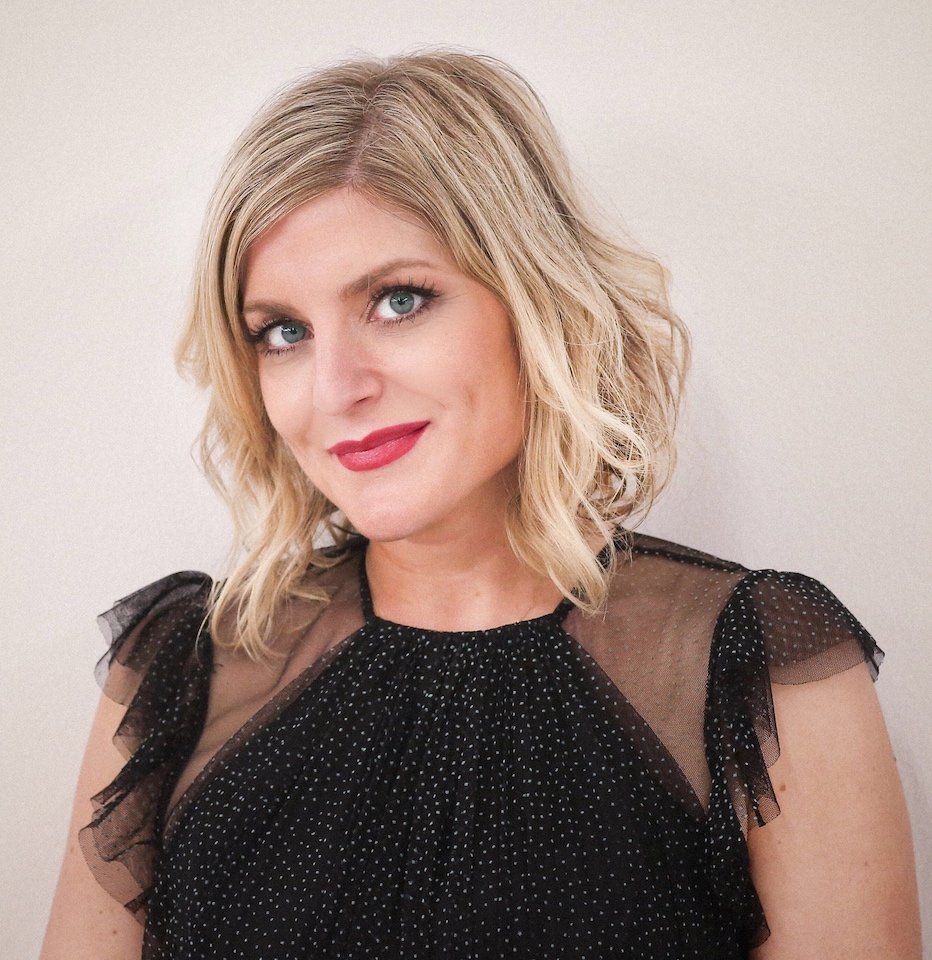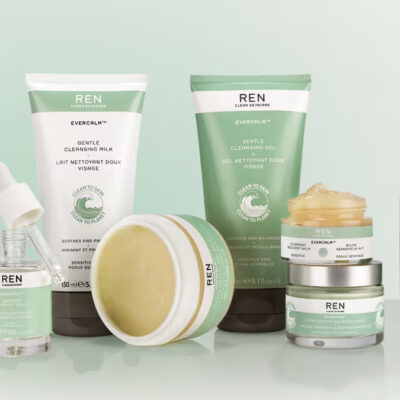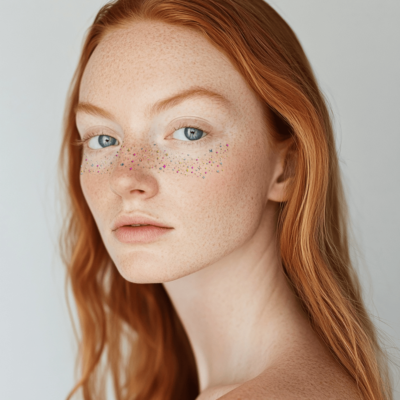
How To Break Into Influencer Marketing
Let’s face it: A multimillion-dollar Super Bowl ad is probably not in your near future. Luckily, you don’t have to spend mega bucks to get in front of customers. Influencer marketing is within reach for small companies. Be warned, though, it’s not foolproof. Social media marketing is highly competitive — a Fashion and Beauty Monitor survey of 348 marketing specialists found 57% have tapped influencers with 21% more planning to add them to campaigns next year — and it can be tricky to identify and work with influencers that authentically support your brand. If you’ve been intrigued but intimidated by the concept of influencer marketing, here are a few tips to get you started.
- Find the right influencers
- It seems like everyone’s an influencer these days. In the sea of social media stars, wannabe and otherwise, pinning down your brand’s perfect match can be overwhelming. The first step is knowing which social media platforms to focus on. James Winter, director of marketing at Revfluence, singles out Instagram and YouTube as top of the social media heap for beauty brands. He reasons Facebook isn’t used as much because follower counts and engagement are low on it, and Snapchat’s poor quality videos make it less popular. Instagram is the number one network for influencer marketing across all industries with $1 billion being plowed into the platform to strike influencer gold and $5 to $10 billion projected by 2020. Once you’ve chosen your platforms, narrow your influencer search by cutting out influencers with the largest followings and, hence, the largest price tags for sponsorships. For indie beauty brands, microinfluencers are key targets. "Microinfluencer" is a subjective term, but typically means an influencer with 5,000 to 100,000 followers.
- Think about follower quality, not simply follower quantity
- Mae Karwowski, CEO and founder of Obviously, emphasizes comments and likes are vitally important. She figures 100 likes and 50 comments on posts by influencers with 10,000 followers mean the influencers have attracted fans paying attention to what’s being communicated. Scroll through follower lists to determine that followers are in your core demographic. Ask yourself, ‘Can I see those followers buying my products?’ “A beautiful woman may have 30,000 followers, but almost all of them may be guys,” says Karwowski. Lusty guys aren’t ideal audiences for an anti-aging skincare item.
- Looks Matter
- If your brand has a minimalistic aesthetic, you’re unlikely to mesh with an influencer churning out a splashy, over-the-top feed regardless of how engaged those influencer’s followers are. In the visual world of social media, imagery incompatibilities are glaring and can diminish the success of a campaign. Even if you never miss a YouTuber’s tutorials, she or he might not be a good candidate to promote your brand if his or her sensibilities don’t match your brand’s sensibilities. Ted Murphy, CEO, chairman and founder of IZEA, cautions against forcing a fit between your company and an influencer. “Don’t get infatuated with a certain influencer. It needs to be natural.” he stresses. Once you locate someone suiting your brand’s sensibilities, Instagram’s discovery function is useful for uncovering more influencers like him or her.
- Don’t be afraid to e-introduce yourself
- Got your dream list? Make sure it’s long enough. “Everyone is going after the same people. Expect a 5% to 10% response rate,” says Murphy. Karwowski estimates that, at best, 15% to 20% of the influencers you reach out to will respond and less than half of those will want to participate and half of the willing participants will actually post. If your objective is to score approximately 20 posts a month, you’ll have to contact several hundred influencers. How you reach out to influencers can impact the response rate. Email is your best bet. In Fashion and Beauty Monitor’s survey, 85% of respondents said email is the most effective channel to reach influencers. Email or not, all influencer marketers agree personalized outreach is critical. Just as it’s recommended to tailor resume cover letters for individual employers, your messages to influencers should make it clear that you are familiar with their work and mention why you’re excited to partner with them specifically.
- Show me the money
- At the microinfluencer level, payments of at least $100 per Instagram post are common – though most influencers think a campaign of a series of posts is ideal . Though some marketers contend posts in exchange for free products are over, Kristen Wiley, founder of Statusphere, believes product gifting still nets posts for expensive products like beauty devices. What’s no longer possible and actually illegal is influencers not clearly and conspicuously disclosing they were paid for a post or received free products. If you’re daunted by the task of going after influencers yourself, you can hire firms such as IZEA, Obviously, Revfluence or Statusphere for monthly fees of at least $1,000 for a minimum of six months and usually additional fees per social post highlighting your brand. For that money, you’ll gain access to agencies’ networks of influencers that can total hundreds of thousands. You’ll also get structured return on investment reporting for your campaigns.
- Catch your mistake before it happens
- There are several pitfalls you should avoid to keep your social media campaigns on track. Changing up an agreement once the ball is rolling can be counterproductive. Karwowski notes many influencers have media calendars guiding their creative output. Shifting around dates or other details may annoy them and impinge on the long-term relationship you’re hoping to forge. Controlling influencer content too much is also unwise. While you might love it if an influencer posts exactly to your specifications, those posts could stray far from the influencer’s usual style and voice, alienate their audience and not give you the results you’re aiming for. When a post goes live, Murphy suggests brands should concentrate on it by answering any questions and offering assistance before moving onto the next one. An influencer’s post is an opportunity for you to engage with potential customers.
- Bang for your buck
- Measuring ROI can be one of the most challenging aspects of influencer marketing. However, there are metrics to help evaluate the success of your campaign. Three crucial metrics are: Engagement. No matter which social platform an influencer posts on, you want to see the likes, comments and shares rack up. “Engagement is a good indicator of a willingness to buy,” says Winter. Engagement should be judged in relation to the number of followers an influencer has. Decent engagement is when 1.5% to 3% of an influencers’ followers engage with a post. Doing the math, an influencer with 10,000 followers should garner 150 to 300 likes or comments on a successful post. Earned media value or EMV. EMV is the amount you would have to spent on paid advertising to get a comparable post. EMV calculations are often proprietary, but generally take into account reached users, cost per million (CPM) for the specific platform on which posts appear and the conversion rate for that vertical. There are third party apps you can use to calculate EMV, and most influencer marketing agencies will tabulate EMV for your campaigns. Sales. You may have heard about influencer collaborations causing sites to crash and products to quickly sell out. The huge wins, unfortunately, are outliers. Immediate sales spikes are unusual. “You have to be patient. It can take three months to move the needle,” says Wiley. One recommended tactic is to focus on a product or two in an influencer campaign, so you can assess an influencer campaign by closely following sales of those specific products.
- Maximize what works
- It makes sense to work with influencers repeatedly given the legwork that goes into researching, negotiating and finally executing campaigns with them. Karwowski recommends brands work with at least 25% of their influencer partners four times a year. Simultaneously, you should continually bring new influencers into the fold to get your products seen by fresh eyes. As you build your arsenal of influencers, don’t overlook a valuable resource: your customer list. According to Nielsen, people trust recommendations from people they know more than any other form of advertising. Capitalize on that trust by enticing loyal customers to share content on your brand and products on their various social channels. The beauty brand Julep enlisted 100 of its best customers as ambassadors and registered 100% sellthrough in 50 retail doors for a special kit they promoted. Maybe everyone’s an influencer after all.













Leave a Reply
You must be logged in to post a comment.